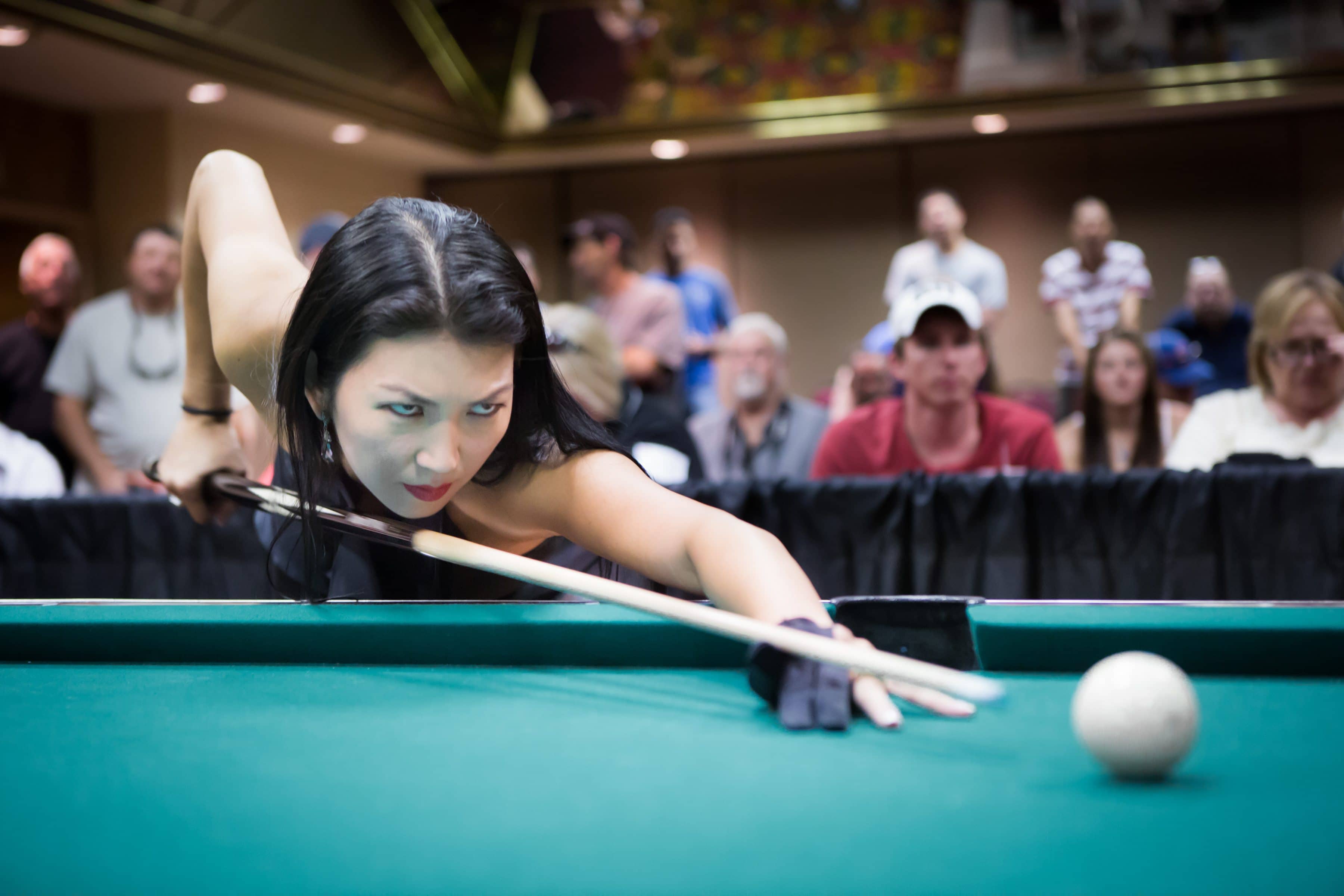Stance
Nicky Brett bowls from a stance with both feet parallel and side by side on the mat. This is the classic position. Most often, both feet are initially completely on the mat. More recently, bowlers are being taught that only the anchor foot needs to be on the mat. This is true of what are called center-line bowlers who are taught to deliver both forehand and backhand over the front center of the mat. Another more recent teaching is to have the foot that is going to step forward into the shot slightly advanced. This style was first observed among South African bowlers but is now common throughout the world of bowls. Another difference very common today is the Shooters’ stance, popularized online by Nev Rodda from Australia. Indeed, The Greenbowler author has adopted this footwork himself. Well, none of this for the present world champion; his stance is traditional, and obviously it can be part of a successful style.
Nicky Brett’s Grip
If you want to observe the champion’s grip on YouTube you will need to run taped matches at the slowest speed (1/4 of normal) and stop the frames when he is adjusting his grip. Brett places only three fingers on the underside of the bowl. Although it is not completely clear, it appears that he keeps his pinky finger well off the bowl. His thumb is plainly at the side of the bowl (not seen in the picture above) as in the traditional palm grip. Brett is the premier palm bowler in the game. He can be a model for palm bowlers, who are many because many club bowlers cannot use their thumbs to grip the bowl because of hand size, minor injuries, or health problems.
Although Brett’s overall delivery is speedy, the amount of time he takes to confirm that his finger positions are precise is longer than most. This is because, being a palm bowler, the bowl does indeed roll off his fingers, and hence they need to be precisely positioned.
Brett’s Opposite Hand Position
The ‘opposite hand’ refers to the hand that does not do the bowling. This hand, in the cases of most bowlers, participates very little in a delivery. Brett uses this hand to steady the bowl on his palm. More than most other bowlers, Brett quite often stops his delivery and resets. Commentators say that this is because he sees motion in the audience in his peripheral vision. This may be true sometimes, but I suspect that he feels his grip slip more often. What is dramatically characteristic (when it is carefully observed at all) is that his fingers and thumb are drawn together and point straight forward as if he were trying to put on a tight glove.


Different bowlers dispose their non-bowling arm in different ways during delivery. Many have no idea what is going on with this limb of theirs. Some rest their forearm on their thigh.
Some hang their arm loosely at their side, some place theirs on their thigh and slide it down towards the knee as they step forward. I place my hand on my knee when taking my stance because I am already in a crouch.
Completely avoiding contact with any part of their body is characteristic of the most excellent bowlers. Their balance needs no assistance. Ordinary mortals usually have some contact with the thigh or knee of the advancing foot. Club bowlers can often be seen with this free arm flailing in the air, trying to assist in maintaining their balance.
Completely avoiding contact with any part of their body is characteristic of the most excellent bowlers. Their balance needs no assistance. Ordinary mortals usually have some contact with the thigh or knee of the advancing foot. Club bowlers can often be seen with this free arm flailing in the air, trying to assist in maintaining their balance.
Brett’s Back-Swing
Because he is a palm bowler, Nikky needs a Bryant twist during his backswing to prevent his bowl from falling. Although the bowl’s running surface is completely parallel with his line at the beginning of the delivery and at the release point, his hand turns in at the top of his pendulum swing so that his thumb supports his bowl and prevents it from falling. The only alternative to this for a palm bowler is to use no backswing at all and just push the bowl out after lowering it straight down. In the picture above, at the right, one can just see the edge of the green bowl at the top of the backswing, which is not much further back than his anchor foot position
Forward Stepping
Nick’s entire body moves forward with his bowl swing. His forward stepping foot first contacts the bowling surface heel first, and then he rocks forward onto his toes. The illustration below shows him on the toes of his advancing foot with his arm outstretched, following the bowl. Notice that his non-bowling arm is constrained but not interfering with his forward stepping. His eyes are still staring at his aim point.
That the knee of his anchor foot bends in behind the heel of his stepping foot is best seen in the left-most picture under backswing. People often wonder why this is done. The reason can be understood from the slow-motion delivery. Because Brett does a Bryant twist of his bowl on his backswing and his elbow is kept close to his side, if he doesn’t tuck his back knee in he might hit it as he swings through with his bowl still turned sideways.
Following Through
In the follow-through, Brett's wrist remains locked straight, and there is no flicking of his fingers.
Walking Off the Mat
Yes- he follows his bowl as he straightens up from the crouch from which he delivered, but it is not particularly noticeable.
Positioning on the Mat
Nicky Brett does not move about the mat to the same extent as other top bowlers are seen to do.














